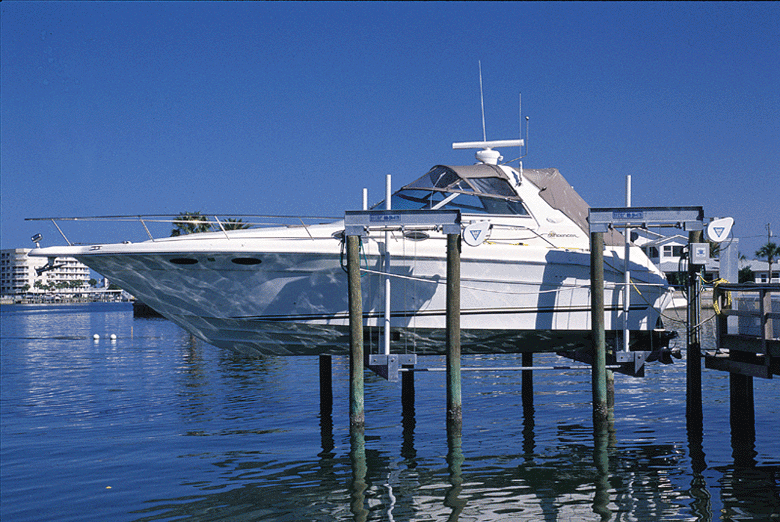mrsrobinson
Well-Known Member
Our boat has been in salt water for 7 weeks now (previous 2 seasons in fresh water). It's been scraped 2 times and we are running her almost every weekend.
Still, stuff is growing on her bottom like crazy and the running gear looks like a marsh. So I ask, what is the real purpose (#1) of bottom paint? To protect the fiberglass from blistering? And, reducing growth is just a secondary effect?
Just curious, I think "bottom paint, oh, keeps growth off the bottom"...doesn't seem to be the case.
Still, stuff is growing on her bottom like crazy and the running gear looks like a marsh. So I ask, what is the real purpose (#1) of bottom paint? To protect the fiberglass from blistering? And, reducing growth is just a secondary effect?
Just curious, I think "bottom paint, oh, keeps growth off the bottom"...doesn't seem to be the case.




